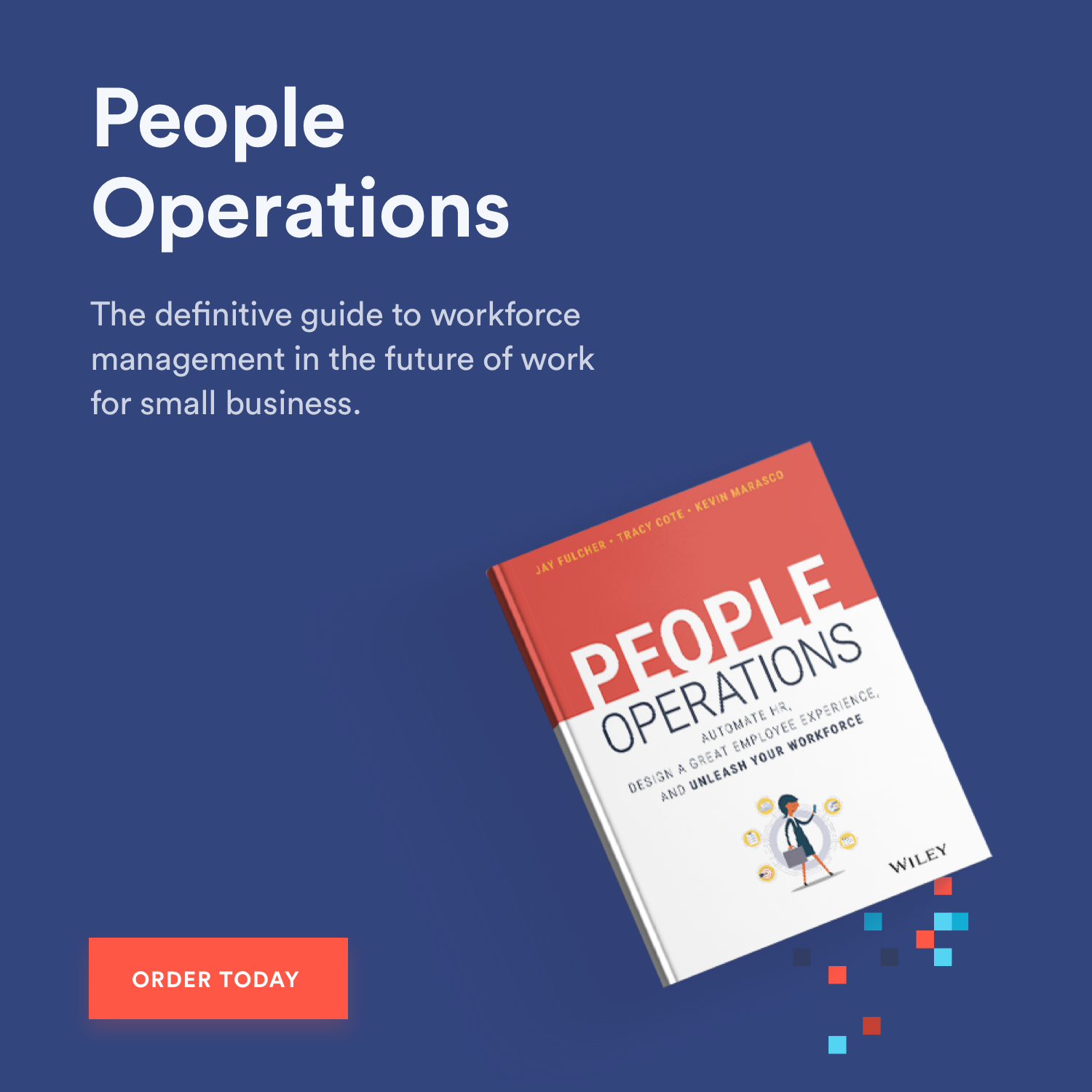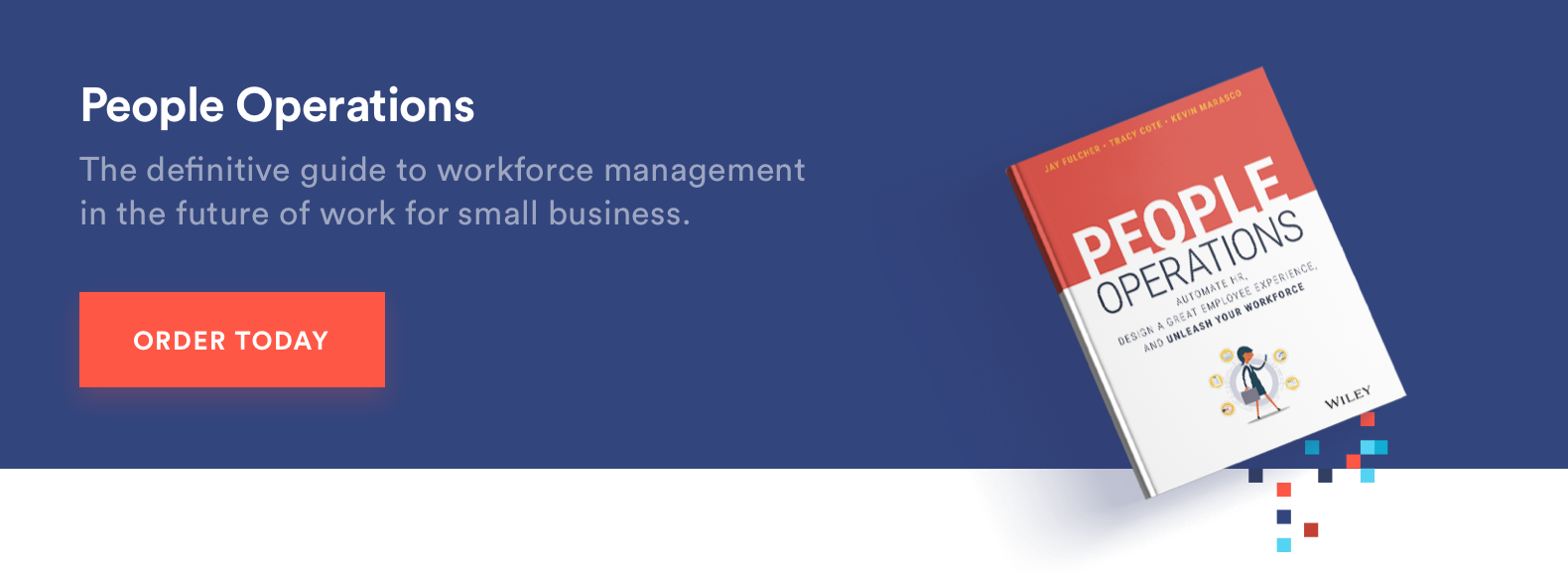A Safe Harbor 401(k) plan can reduce risk and make things easier for an employer – learn about it here and how to prepare for the upcoming deadline.

Here's what you need to know:
-
401(k) plans are one of the most sought after benefits for employees
-
To ensure universal accessibility, the IRS has set up a series of “nondiscrimination” tests that are designed to measure whether a 401(k) plan favors highly compensated employees over the rank and file
-
A Safe Harbor 401(k) lets your company’s plan skip past nondiscrimination testing under certain conditions
-
The main requirement for a Safe Harbor 401(k) is that the employer must make contributions to their employees’ 401(k) accounts, and those contributions must vest immediately
-
When it comes to implementing a new Safe Harbor 401(k) plan for 2021, September 1st is the key date to keep in mind
Editor’s note: Take care of your retirement and your team. Get a Safe Harbor 401(k) plan free for 1 month when you sign up by August 21, 2020.
When you’re growing a business, one of the most pressing concerns that owners report is around retaining and attracting great talent. A surefire way to surpass this worry? By offering great benefits that your employees want and need.
For many, planning for retirement is a priority, and by offering a 401(k) — one of the most sought-after benefits — you demonstrate your investment in your team’s future. Only half of American families have any retirement savings, but those who do opt in to a 401(k) are more likely to be happy at work than those without access to the tax advantages of a 401(k) plan.
A 401(k) is a win-win-win for businesses, but, offering one also means taking on some new responsibilities. In this post, we’ll dive into the trickier aspects of setting up a savings program, and how a special kind of plan called a Safe Harbor 401(k) can reduce your risk and make things easier down the road.
The 101 on 401(k)s
To take a step back, the goal of 401(k) plans is to prepare more Americans for retirement. Regardless of income or salary, the government wants to make sure that everyone has an equal opportunity to set aside finances for later in life.
A 401(k) is a win-win-win for businesses, but, offering one also means taking on some new responsibilities.
To ensure universal accessibility, the IRS has set up a series of “nondiscrimination” tests that are designed to measure whether a 401(k) plan favors highly compensated employees over the rank and file. They’re most commonly referred to as the ADP, ACP, and top-heavy tests. If your plan were to fail one of these assessments, it could mean making expensive corrections, a lot of administrative work, and potentially being required to refund employees’ 401(k) contributions.
To learn more about the nondiscrimination tests, our 401(k) partner Guideline has fleshed out the details here.
To ensure universal accessibility, the IRS has set up a series of “nondiscrimination” tests that are designed to measure whether a 401(k) plan favors highly compensated employees over the rank and file
An easy way to ace those 401(k) tests
A Safe Harbor 401(k) lets your company’s plan skip past nondiscrimination testing under the following conditions:
- Your company must agree to make supplemental contributions to all of your employees’ 401(k) accounts
- In exchange for making employee contributions, the IRS offers you a “safe harbor” from both the nondiscrimination testing process and the consequences of a non-compliant plan.
Does opting into this sort of plan sound ideal for your business? Here’s what you need to know:
Setting up your Safe Harbor 401(k)
The main requirement for a Safe Harbor 401(k) is that the employer must make contributions to their employees’ 401(k) accounts, and those contributions must vest immediately. What this means is that when an employee makes a contribution, the employer must match that percentage amount up to a certain value. Or, you can set up a Safe Harbor plan where the employer makes a contribution even if the employee doesn’t.
Here are what the minimum contributions look like under the three different plan types:
- Basic Matching: Your company matches 100% of each employee’s 401(k) contributions, up to 3% of an employee’s compensation, plus a 50% match of the next 2% of their compensation.
- Enhanced Matching: Your company matches at least 100% of each employee’s 401(k) contributions, up to 4% of their compensation.
- Non-elective Contribution: Your company contributes at least 3% of each employee’s compensation to their 401(k), regardless of whether employees make contributions themselves.
Safe Harbor Deadlines
When it comes to implementing a new Safe Harbor 401(k) plan for 2021, September 1st is the key date to keep in mind. Employees must receive notice 30 days before the plan starts, and initial coordination can take a few days. So, if you’re considering a Safe Harbor plan, time is of the essence!
Key dates for new plans:
- By or before August 20, 2021: Set up a Safe Harbor 401(k) Plan
- By September 1, 2021: 30-day notice must be sent to employees
- October 1, 2021: Safe Harbor 401(k) Plan is effective and exempt from nondiscrimination testing for 2020
Key dates for existing plans:
- By or before November 20, 2021: Request the addition of a Safe Harbor provision to your 401(k) plan for the following year
- December 1, 2021: 30-day notice must be sent to employees
- January 1, 2021: Safe Harbor provision takes effective and exempts the plan from nondiscrimination testing
Is a Safe Harbor 401(k) right for you?
In general, Safe Harbor 401(k) plans are a good choice for companies that fit into any of these categories:
- Plan to match employee contributions any way;
- Don’t want to worry about nondiscrimination testing;
- Consistently fail the ADP, ACP, or top-heavy nondiscrimination tests;
- Have low participation among rank and file employees; or
- Simply want to make sure they take good care of their employees.
So, you’re probably thinking that offering a Safe Harbor 401(k) plan seems like a pretty clear no brainer. In most cases, it is! The biggest downside for businesses is that the contributions your company makes can increase your overall payroll by 3% or more. However, the upside includes happier employees, significant tax savings, certainty that your plan won’t fail, and more retirement savings for everyone.
This post is an excerpt of our 401(k) partner Guideline’s guide to offering a Safe Harbor 401(k) plan. To learn about integrating a 401(k) program into your current Zenefits dashboard, visit Zenefits today to learn how to get started!







